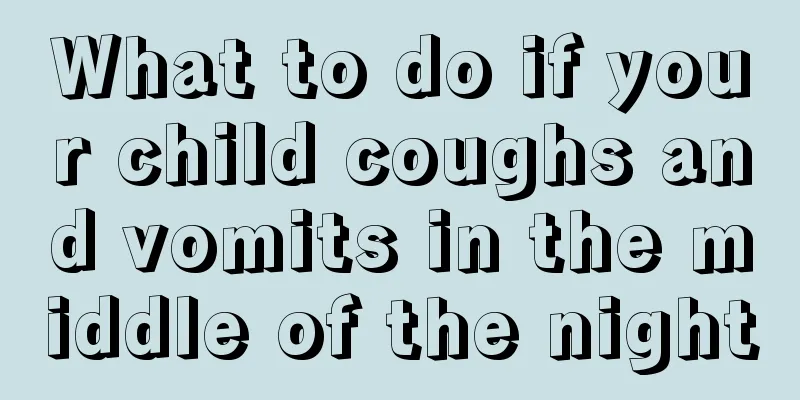What should I do if my baby only eats breast milk and not formula?

|
As babies grow older, they will use formula to replace breast milk. Because breast milk can no longer satisfy their appetite. However, the baby needs a period of adaptation. Some babies only eat breast milk and not formula milk. This will cause some confusion to mothers. Let us now understand what to do if the baby only eats breast milk and not formula milk. 1 It is recommended that mothers start regular bottle feeding three weeks before the baby is weaned (it is best to fill the bottle with expressed breast milk and then gradually replace breast milk with formula milk). This cross-feeding will not cause any interference to the baby's growth. 1 Set aside a 24-hour period during which only bottle feedings are given. Pick a day when you have someone around to help. You may need to express your breast milk to prevent engorgement and soreness, and then you can give this to your baby in a bottle. 2 On this day, do not give your baby anything to eat or drink for at least two to three hours before giving the bottle, until the child feels hungry and has an appetite. 3 Try different bottles and nipples. A soft, nipple-shaped pacifier is best. Use a regular, slim bottle that fits any size nipple. 4 If you can, it's best to use expressed breast milk at first because your baby is used to the taste. 5 Use a sterilized needle to poke a larger hole in the nipple, ensuring the flow is greater than that of breast milk. This measure is very effective for a baby who cries as soon as the pacifier is placed in her mouth, because it makes her feel that the milk can flow out very smoothly. 6. The milk in the bottle must be completely warmed. Many breastfed babies like the milk in the bottle to be a little warmer than usual, provided, of course, that it does not scald the baby. 7 Place your baby upright on your lap to prevent the flow rate from being too high and causing the child to suffocate or panic. Avoid letting your baby lie in your arms as you would when breastfeeding; this position is uncomfortable for your baby when bottle-feeding. 8 Use toys or TVs that make noises around you to distract your baby. Before your baby realizes the nipple is in his mouth, he has already started sucking unconsciously. 9 Be patient. If your baby shows signs of choking, straighten him up immediately but keep the pacifier in his mouth. 10 Be persistent. 24 hours is the longest time a baby can persist. Most babies quickly and naturally give up breastfeeding. The above is the solution for babies who only eat breast milk and not formula. You can use the solution of transfer force. In order to ensure the baby's development, you can slowly reduce breast milk and then slowly increase the amount of formula. Finally, I wish everyone can have a healthy body. |
<<: What should I do if my baby always has eye mucus?
>>: Is it difficult for babies to sleep well at night when they are teething?
Recommend
What are the symptoms of autism in children
Of course, parents hope that their children can g...
Children have a fever at midnight
It is common for children to get sick, but parent...
Children's brain is not fully developed
Brain dysplasia is a relatively harmful pediatric...
Physical treatment methods for reducing fever in children
In our lives, it may often happen that babies hav...
How to distinguish the authenticity of one-year-old baby milk powder
Milk powder is food for children. It is also what...
What are the symptoms of a baby’s brain being burned out?
The problem of damaging the brain is the biggest ...
Can baby's cerebral hemorrhage be cured?
For middle-aged and elderly people, cerebral hemo...
Is it normal for a newborn to breastfeed for a short time?
Having a new baby in the family is a major event ...
How to effectively correct children’s stuttering?
Nowadays, many children have stuttering symptoms ...
What to do if baby has bruises on face
Many mothers will sometimes cause their babies to...
Diet therapy for recurrent tonsillitis in children
Tonsillitis is a common upper respiratory tract i...
What causes rough skin in children?
Skin problems are not only a headache for adults,...
What should I do if my four-month-old baby won’t laugh?
Generally speaking, as long as the baby has indep...
What to do if your child keeps having a runny nose
Runny nose is a common symptom of cold. To improv...
Why does a child get diarrhea after changing milk powder?
In life, some parents will often change their bab...









